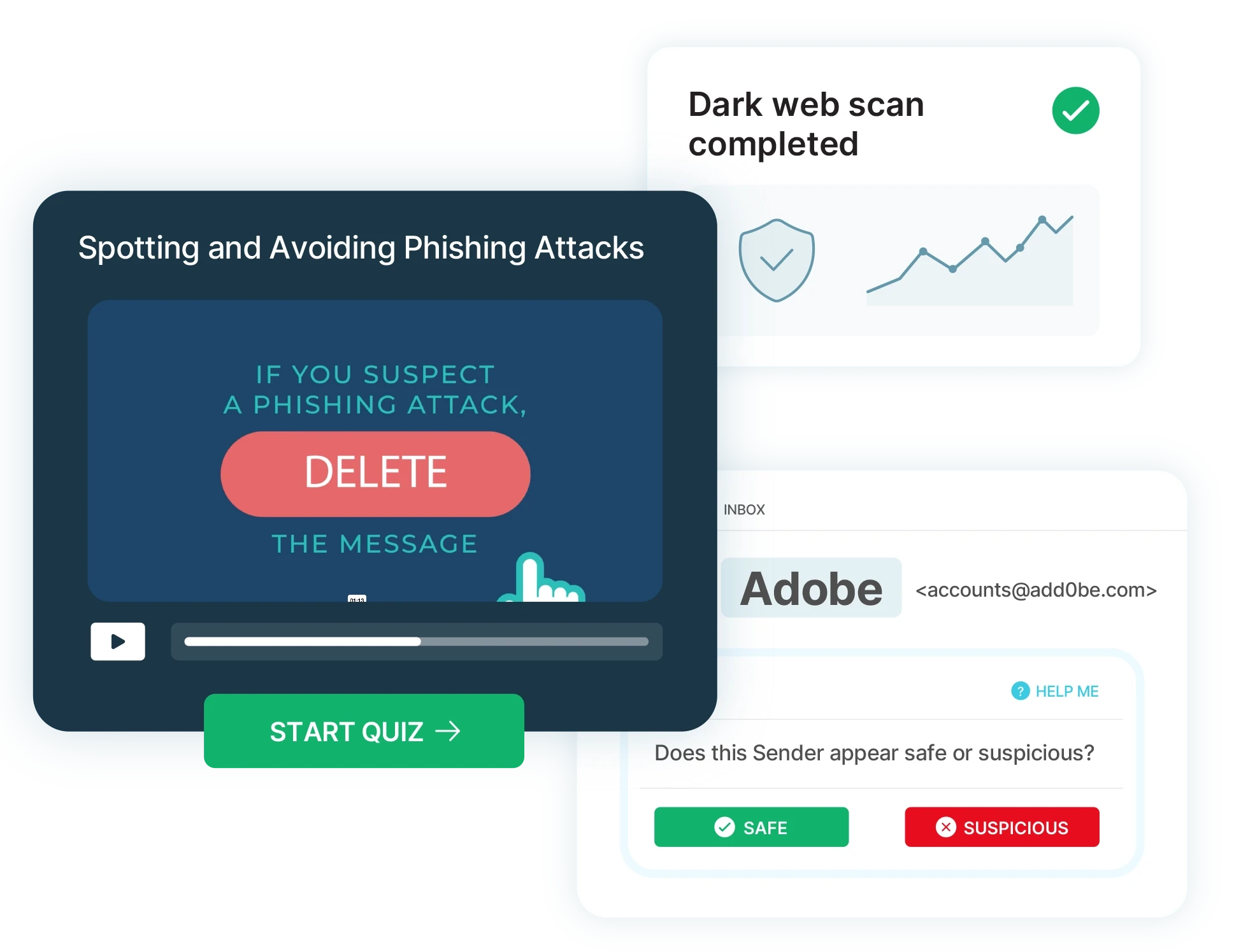Hackers often worm their way into our networks and computers through social engineering attacks that exploit phishing emails or poor password hygiene. However, there is also a more fundamental exposure within the devices and networking equipment we use to run our computing lives: missing patches.
Patches are released by vendors to fix bugs, vulnerabilities, and add new features to their products. Staying current with patching is a best practice that is often lacking in companies, and can have devastating consequences. CyberHoot constantly monitors for critical vulnerabilities that are announced by vendors and reports them as Advisories to our blog and advisory pages, and our vCISO clients.
All companies need to develop their Vulnerability Alert Management Process and then test it on the next few critical advisories to ensure its working for you. Subscribe to Threat Intelligence feeds to assist you in learning of new critical patches and vulnerabilities as they are identified. In addition follow the best practices listed below.
CyberHoot believes that for many small to medium sized businesses and MSPs, you can greatly improve your defenses and chances of not becoming another victim of cyberattack if you follow the advice above.
We hope you’re enjoying Cybersecurity Awareness Month (CAM). Visit or subscribe to CyberHoot’s Facebook, LinkedIn, or Twitter pages to get daily updates throughout the month.
Best Practices with Patching in 2022 – CNP.Net
Discover and share the latest cybersecurity trends, tips and best practices – alongside new threats to watch out for.

Spoiler alert: If you’re still using “password123” or “iloveyou” for your login… it’s time for an...
Read more
As smart homes get smarter, so do their habits of watching, sensing, and reporting. Enter WiFi Motion Detection, a...
Read moreGet sharper eyes on human risks, with the positive approach that beats traditional phish testing.
